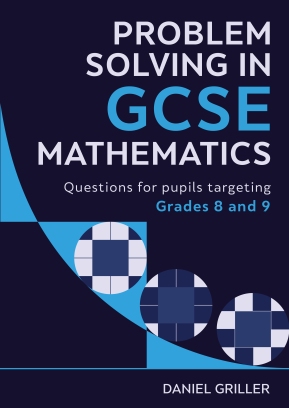The Intermediate Maths Challenge is an annual competition run by the UK Maths Trust for 13-16 year olds, and has participation in the hundreds of thousands. Around 500 of the top performers in each of Years 9, 10 and 11 qualify for their respective Olympiad; Cayley for Y9, Hamilton for Y10, MacLaurin for Y11.
Each Olympiad lasts two hours, and contains six problems requiring full written solutions. The problems are designed to provide a stern test to those sitting the paper, and so are typically much harder, and less familiar, than standard curriculum questions. But they serve a purpose long after the competition itself has concluded – they provide teachers, pupils and mathematics enthusiasts alike with interesting, thought-provoking problems to be tackled and discussed in whatever environment and time-frame they choose.
These problems do not appear out of thin air. They are carefully crafted by humans, some of whom find joy in spending hours playing around with mathematical ideas, then tweaking the parameters to produce something polished. These authors are mathematical artists, and their creations are housed in competitions like the UKMT Olympiads, much like pictures are housed in galleries, or artefacts in museums, to be appreciated long after they were dreamed up.
Inventing such a problem is no small feat, and coming up with a ‘good’ problem, whatever that means, is in my experience quite difficult. But I suspect there are many people who are both capable of producing such problems, now or in the future, and who would enjoy the experience immensely.
As Chair of the Cayley, Hamilton and MacLaurin Olympiads Problems Group, I am looking for enthusiastic volunteers to take up this challenge. There is no application process, and you are free to devote as much or as little time as you wish. If you come up with something you think might be suitable for bright 13-16 year olds, send a word document or a pdf with your problem and a solution to intermediateolympiadproblems@ukmt.org.uk
For the time being, I am reluctant to be more specific in my brief – I don’t want to restrict the creative process in terms of typical categories of problems, or a typical style. I might say more at some point, but presently all I ask is that the problems are original, and that you are an adult; it is possible, however unlikely, that a particularly shrewd teenager might write a problem in the hope that it ends up on an Olympiad that they one day sit themselves!
Feel free to contact me if you would like any more information. And whether or not your inventions end up on the Olympiad papers, I will be very grateful for your efforts; so thank you, and happy composing.
